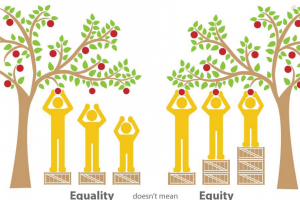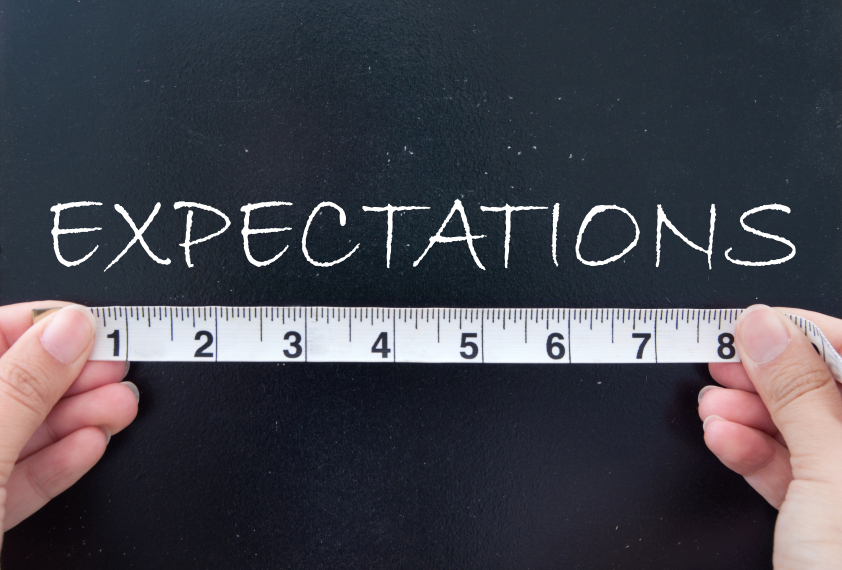![]()
Advancing equity through evaluation – how do we make it happen?
There seems to be a heightened value on research and evidence-based policies. I want to remind us that while research is necessary, it is insufficient to move us toward equity. Inherent to evaluation is ‘valuation’ – the estimation of worth. The beauty of evaluation is its acknowledgement of subjectivity, the act of observing, the limits of the observable in context of dynamic subjects.
A colleague noted, “Systems do what they are designed to do, not what they are intended to do.” I couldn’t agree more.
The gap between good intentions and disparate outcomes is why equity-focused evaluation is necessary. Evaluation with an equity lens includes authentic engagement (in all its forms: community, stakeholder, civic, employee, etc). This starts with an honest commitment to exploring questions and topics that take you out of our comfort zone and ends with new lines of accountability. When we accept that institutional racism exists, we cannot go on doing what we have always done.
These uncomfortable conversations help uncover previously unexamined biases which often lead to false objectivity.

Here are some tips and follow-ups from a panel discussion I was recently a part of that help to answer the title question above:
- Consider a two-pronged approach to evaluation: on decision-making processes and decision-makers, at all levels.
- Let people and findings speak for themselves by using direct quotes whenever possible.
- Expand engagement efforts. Community participation in evaluative processes injects new questions and possibilities; it can and should change the power dynamics.
- Consider three roles in any process improvement evaluation: who knows, who decides, who acts. Build critical mass in one or more of these roles in order to leverage and manage change.
- Take responsibility to share data with stakeholders before interpreting results. Review findings and create meaning through peer learning communities and communities of practice; “results” are a collective responsibility that creates meaningful use of data.
- Generate internal learning opportunities from meta-evaluation of programs and impact (e.g. evaluation of stacking investments for deeper impact as opposed to spreading resources across multiple priorities).
We are under extreme pressure to be experts, and we rely on research to lead us to a discrete, correct solution among so many possibilities. This threshold between potential and kinetic is dynamic; it eludes us, especially in research that relies on controlled conditions. Evaluation as a practice is distinct from research in its acknowledgement of people’s ability to exist in a combination of multiple roles and communities corresponding to different possible outcomes. It is the mirror that helps us discover how we, as state agencies and public servants, actually ‘show up’ in context. This reflective practice helps us close the gap between good intentions and poor outcomes.
Evaluation in public sector policies and programs is necessary to unpack the nuances of what is right and what is correct in order to move us toward a more equitable society.
How do you move toward equity? I’m sure there are more than six takeaways from this question, so whether or not you attended the event, please add your responses below.
Sida Ly-Xiong is part of the GovLoop Featured Blogger program, where we feature blog posts by government voices from all across the country (and world!). To see more Featured Blogger posts, click here.





Great post Sida! In the area of Continuous Improvement, our approach is, “Data and…” not “Data. Done.” Without the context, experience, and narrative to enhance the guidance of data, we fall well short of equitable outcomes.
Such great tips on how to advance equity through evaluation! Very insightful. Thanks for sharing!